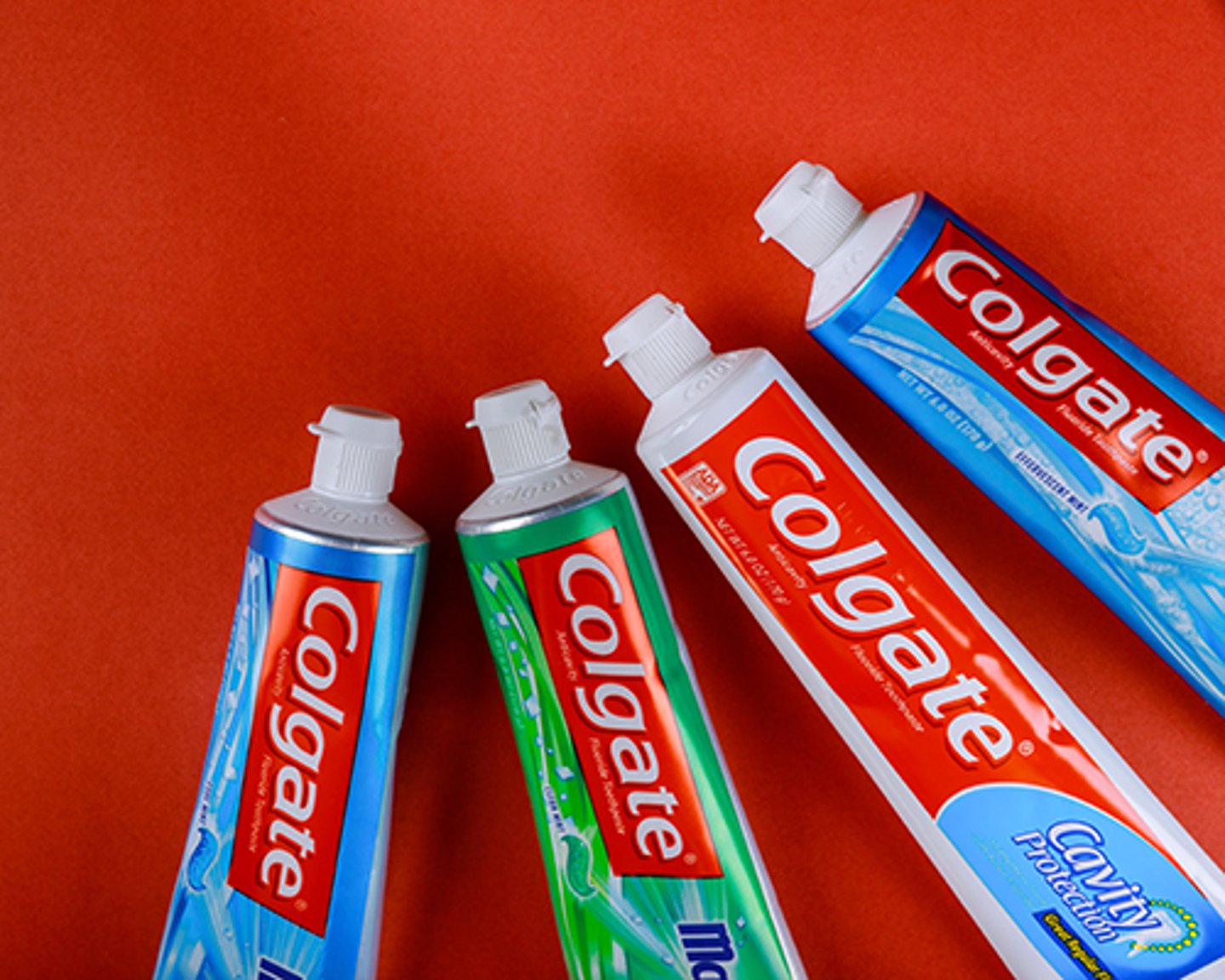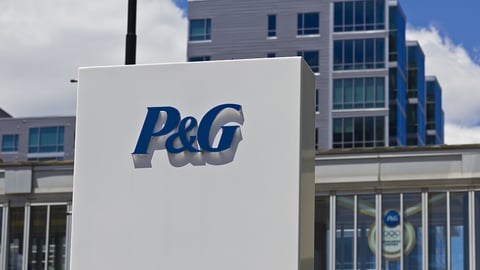Colgate-Palmolive Reducing Energy Use in Product Packaging Facilities
Colgate-Palmolive is taking steps to lessen energy use in its product packaging facilities as part of its goal to achieve net zero carbon emissions in operations by 2040.
The No. 39 consumer goods company has partnered with Emerson to leverage its sensor technologies and analytics. It’s already recorded a 15% reduction in energy usage on several toothpaste and toothbrush packaging lines, according to Emerson, with additional savings expected as the tech is further scaled.
The deployment uses Emerson’s AVENTICS pneumatic sensors and IIoT-enabled software architecture to precisely monitor compressed air flow in real time to identify leaks, optimize pneumatic processes and improve air flow efficiency. Through reducing the amount of energy associated with compressed air, the company is furthering both its sustainability efforts and the health and reliability of its equipment.
[See also: How Colgate-Palmolive Is Sparking Innovation Across the Enterprise]
The sensors calculate air usage data with integrated software to display trends and anomalies on analytics dashboards, enabling operators to better regulate supply pressures and detect leaks. Built-in connectivity is designed for simple deployment, as well as providing insights at the machine level.
The network capability, meanwhile, unlocks the ability to monitor compressed air usage enterprise-wide.
“Colgate is a caring, innovative growth company that’s reimagining a healthier future for all people, their pets and our planet,” said Warren Pruitt, Colgate-Palmolive VP global engineering services. “This collaboration is an excellent example of how the power of digitalization is helping us achieve our purpose by meeting our global sustainability and performance ambitions”
“Saving energy through air flow monitoring is just the tip of the iceberg,” he added. “With a test-and-learn mindset, we’re able to scale successful lessons across our global footprint and help achieve our sustainability objectives.”





